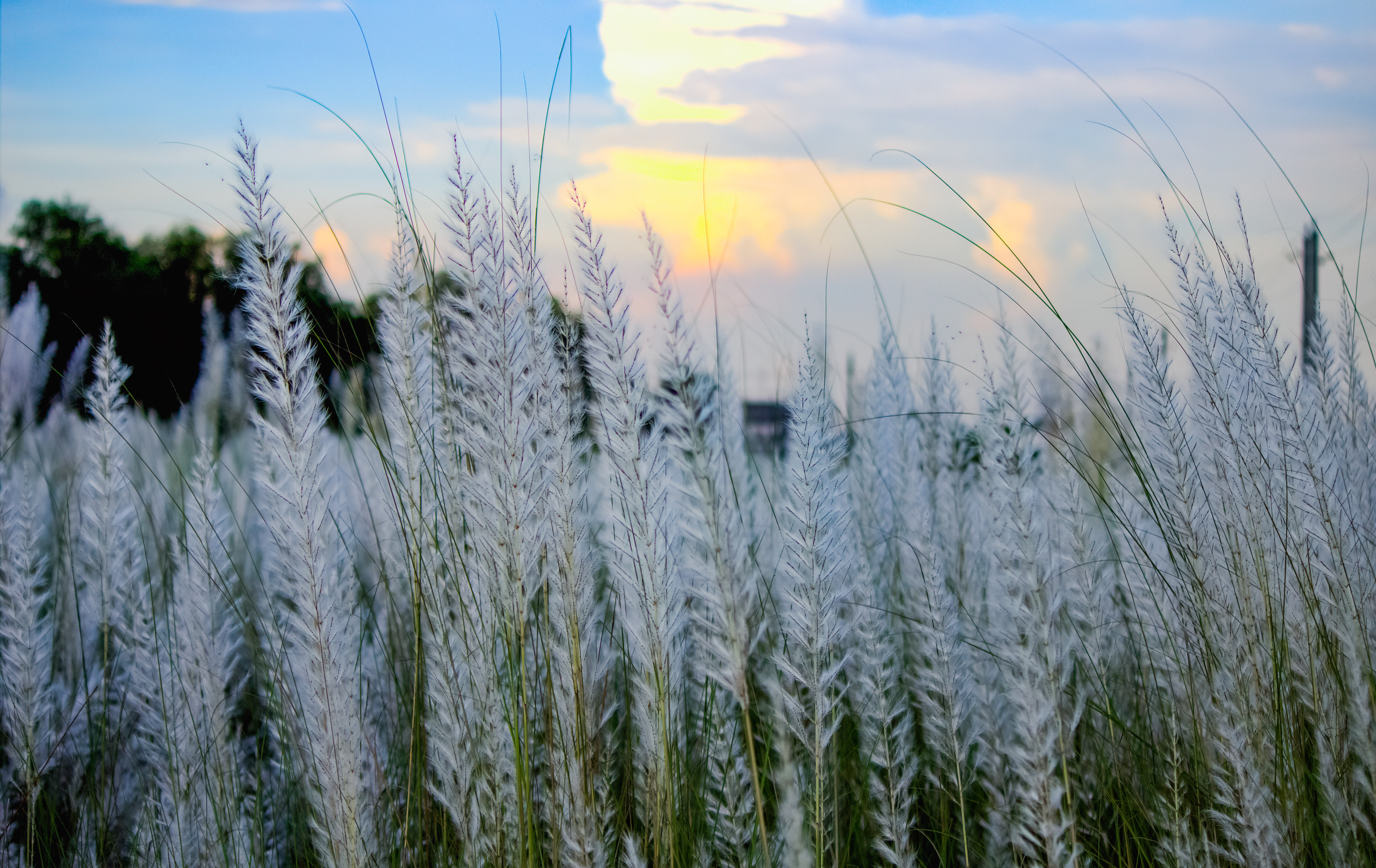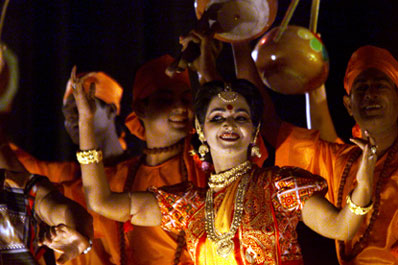|
Bhadro
Bhadro ( bn, ভাদ্র ''Bhadrô'') is the fifth month in the Bengali calendar. Bhadro marks the beginning of Sharat or Autumn. According to the modified calendar developed by the Bangla Academy, the month of Bhadro has 31 days from 18 August to 17 September in Bangladesh. Etymology Bhadro is named after the star Purbobhadropod ( bn, পূর্বভাদ্রপদ ''Purbôbhadrôpôd''). Events * The national poet of Bangladesh, Kazi Nazrul Islam, died on 12 Bhadro 1383. See also *Bengali calendar *Culture of Bangladesh The culture of Bangladesh is intertwined with the culture of the ''Bengal region'' of the Indian subcontinent. It has evolved over the centuries and encompasses the cultural diversity of several social groups of Bangladesh. The Bengal Renaissan ... References Months of the Bengali calendar {{Bangladesh-stub ... [...More Info...] [...Related Items...] OR: [Wikipedia] [Google] [Baidu] |
Srabon
Srabon or Shaon ( bn, শ্রাবণ ''Srabôn, শাওন Shaon'') is the fourth month of the Bengali calendar and one of the two months that make up the wet season, locally called "Barsha" ( bn, বর্ষা ''Bôrsha''). Artisans start making idols for Durga Puja, Kali Puja, etc. in this month. Etymology It is named after the star Shrobona ( ''Shrôbôna''). Events * 10 Srabon – 187 were killed on Sohagpur massacre in 1971. * 22 Srabon – Poet Rabindranath Tagore Rabindranath Tagore (; bn, রবীন্দ্রনাথ ঠাকুর; 7 May 1861 – 7 August 1941) was a Bengali polymath who worked as a poet, writer, playwright, composer, philosopher, social reformer and painter. He resh ... in 1348. References Months of the Bengali calendar {{India-culture-stub ... [...More Info...] [...Related Items...] OR: [Wikipedia] [Google] [Baidu] |
Ashvin
Ashvin or Ashwin or Ashwan (; bn, আশ্বিন; hi, आश्विन; or, ଆଶ୍ୱିନ; Malay/Indonesian: ''Aswin''; Thai: ''Asawin''), also known as Aswayuja, is the seventh month of the lunisolar Hindu calendar, the solar Tamil calendar, where it is known as Aipassi, and the solar Indian national calendar. It is the sixth month of the solar Bengali calendar and the seventh of the lunar Indian calendar of the Deccan Plateau. It falls in the season of ''Shôrot'' (Hindi ''Sharad''), or Autumn. In Vedic Jyotish, Ashwin begins with the Sun's enter into Virgo. It overlaps with September and October of the Gregorian calendar and is the month in which Diwali, the festival of lights, is celebrated according to the amanta tradition (Diwali falls in Kartika according to the purnimanta tradition). In lunar religious calendars, Ashwin begins on the new moon or the full moon around the time of the September equinox. Etymology Ashvini is the first star that appears in ... [...More Info...] [...Related Items...] OR: [Wikipedia] [Google] [Baidu] |
Bengali Calendar
The Bengali Calendar or Bangla Calendar ( bn, বঙ্গাব্দ , , Baṅgābda), colloquially ( bn, বাংলা সন, Baṅgla Śon), is a solar calendar used in the Bengal region of the Indian subcontinent. A revised version of the calendar is the national and official calendar in Bangladesh and an earlier version of the calendar is followed in the Indian states of West Bengal, Tripura and Assam. The New Year in the Bengali calendar is known as ''Pohela Boishakh''. The Bengali era is called ''Bengali Sambat'' (BS) or the ''Bengali year'' ( ''Bangla Sôn'', ''Bangla sal'', or ''Bangabda'') has a zero year that starts in 593/594 CE. It is 594 less than the AD or CE year in the Gregorian calendar if it is before ''Pôhela Bôishakh'', or 593 less if after ''Pôhela Bôishakh''. The revised version of the Bengali calendar was officially adopted in Bangladesh in 1987. Among the Bengali community in India, the traditional Indian Hindu calendar continues to be in use ... [...More Info...] [...Related Items...] OR: [Wikipedia] [Google] [Baidu] |
Sharat Ritu
''Ash-Sharāt'' or ''Ash-Sharāh'' ( ar, ٱلشَّرَاة, also known as ''Bilād ash-Sharāt'' ( ar, بِلَاد ٱلشَّرَاة) or ''Jibāl ash-Sharāt'' ( ar, جِبَال ٱلشَّرَاة), is a highland region in modern-day southern Jordan and northwestern Saudi Arabia. It was formerly a sub-district in ''Bilad al-Sham'' during the 7th–11th centuries Common Era, CE. Geography In modern-day Jordan, the region of Al-Sharat starts immediately south of Wadi Mujib. The northern range contains mountains with peaks up to 1,200 meters above sea level, while to the south the mountains get as high as above sea level. The principal city of ''Bilad al-Sharat'' is Al-Karak. The northern part of the region in Jordan is under the administration of the Karak Governorate, while the more arid part south of Wadi Arabah comes under the Ma'an Governorate. In the 9th century, Al-Sharat's capital was Udhruh, Adhruh, but by the late 10th century, it apparently was replaced by Zoara, Su ... [...More Info...] [...Related Items...] OR: [Wikipedia] [Google] [Baidu] |
Autumn
Autumn, also known as fall in American English and Canadian English, is one of the four temperate seasons on Earth. Outside the tropics, autumn marks the transition from summer to winter, in September ( Northern Hemisphere) or March ( Southern Hemisphere). Autumn is the season when the duration of daylight becomes noticeably shorter and the temperature cools considerably. Day length decreases and night length increases as the season progresses until the Winter Solstice in December (Northern Hemisphere) and June (Southern Hemisphere). One of its main features in temperate climates is the striking change in colour for the leaves of deciduous trees as they prepare to shed. Date definitions Some cultures regard the autumnal equinox as "mid-autumn", while others with a longer temperature lag treat the equinox as the start of autumn. In the English-speaking world of high latitude countries, autumn traditionally began with Lammas Day and ended around Hallowe'en, the approxima ... [...More Info...] [...Related Items...] OR: [Wikipedia] [Google] [Baidu] |
Bangla Academy
The Bangla Academy ( bn, বাংলা একাডেমি, ) is an autonomous institution funded by the Bangladesh government to foster the Bengali language, literature and culture, to develop and implement national language policy and to do original research in the Bengali language. Established in 1955, it is located in Burdwan House in Ramna, Dhaka, within the grounds of the University of Dhaka and Suhrawardy Udyan. The Bangla Academy hosts the annual Ekushey Book Fair. History The importance of establishing an organisation for Bengali language was first emphasised by the linguist Muhammad Shahidullah. Later, following the Language movement, on 27 April 1952, the All Party National Language Committee decided to demand establishment of an organisation for the promotion of Bengali language. During the 1954 parliamentary elections, the United Front's 21-point manifesto stated that, "The prime minister from the United Front will dedicate the Bardhaman House for establishin ... [...More Info...] [...Related Items...] OR: [Wikipedia] [Google] [Baidu] |
Purva Bhadrapada
The Fourteen Purva translated as ancient or prior knowledge, are a large body of Jain scriptures that was preached by all Tirthankaras (omniscient teachers) of Jainism encompassing the entire gamut of knowledge available in this universe. The persons having the knowledge of purvas were given an exalted status of ''Shrutakevali'' or "scripturally omniscient persons". Both the Jain traditions, Svetambara and Digambara hold that all the fourteen purvas have been lost.Jaini, Padmanabh (1998). ''The Jaina Path of Purification''. New Delhi: Motilal Banarsidass. . According to tradition, the Purvas were part of canonical literature and deposited in the third section of Drstivada (the twelfth and last canon). Knowledge of Purvas became fairly vulnerable after Mahavira's nirvana (liberation) and on account of effects of famine, such that, eventually only one person— Bhadrabahu Svami had a command over it. In accordance with the prophecy of Mahavira, the knowledge of Purvas died within 1, ... [...More Info...] [...Related Items...] OR: [Wikipedia] [Google] [Baidu] |
Culture Of Bangladesh
The culture of Bangladesh is intertwined with the culture of the ''Bengal region'' of the Indian subcontinent. It has evolved over the centuries and encompasses the cultural diversity of several social groups of Bangladesh. The Bengal Renaissance of the 18th early 19th centuries, noted Bengali writers, saints, authors, scientists, researchers, thinkers, music composers, painters, film-makers have played a significant role in the development of Bengali culture. The Bengal Renaissance contained the seeds of a nascent political Indian nationalism which was the precursor in many ways to modern Indian artistic cultural expression. According to M. Nazrul Islam Tamij, a human rights activist and chairman of the National Human Rights Society (NHRS), human rights are the most important part of Bengali culture, and it plays an important role in the development of Bengali culture. The cultures of Bangladesh composite over the centuries have assimilated influences of Islam, Hinduism, ... [...More Info...] [...Related Items...] OR: [Wikipedia] [Google] [Baidu] |





